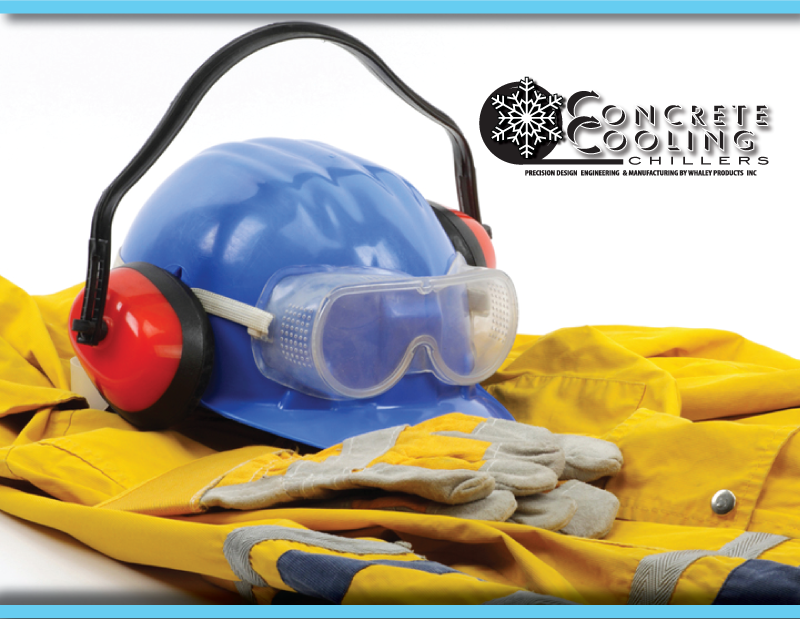Fresh concrete that has not completely hardened is highly alkaline. This means that burns can occur with prolonged exposure. It is even possible to obtain third degree burns. The cement in concrete absorbs water meaning that it will pull water from anything it comes in contact with. This can cause hygroscopic effects to skin. Concrete dust and cement powder contain lime, crystalline silica, and chromium. These compounds are toxic at high levels. Lime (calcium oxide) is extremely corrosive and decomposes human tissues. Persons who work with concrete and cement for long periods of time can develop an allergy to chromium that causes skin rashes and ulcers. It is also linked with occupational asthma. The allergy slowly builds and may take years to develop. Once developed even traces of chromium can cause a reaction. Crystalline silica can cause silicosis, and lung cancer. The crystalline silica is inhaled when powdered cement and concrete that is being cut produces a fine dust that is dispersed into the air. Most exposure to concrete and cement is not dangerous, and it takes years to contract a disease related to concrete. If the proper precautions are taken health hazards associated are easy to avoid.

